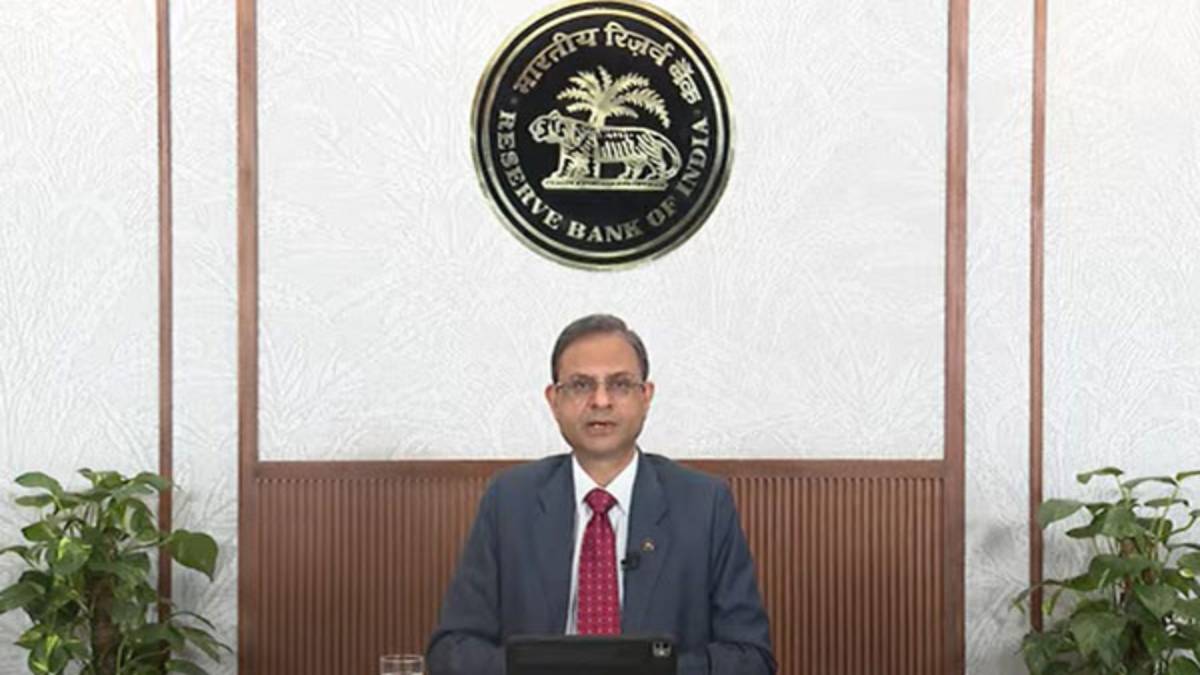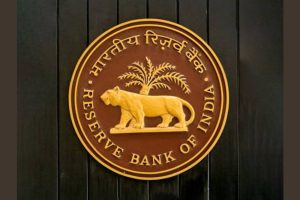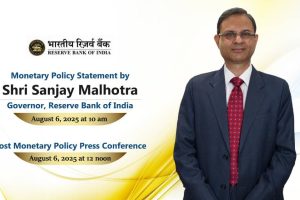The Reserve Bank of India (RBI) has retained its GDP growth projection for FY 2025–26 at 6.5%, despite growing uncertainties in the global trade environment caused by rising tariffs and ongoing international negotiations.
Announcing the monetary policy decision on Wednesday, RBI Governor Sanjay Malhotra emphasized that while external demand remains uncertain, domestic economic activity continues to show resilience, underpinned by stable macroeconomic fundamentals.
“Prospects of external demand remain uncertain amidst ongoing tariff announcements and trade negotiations. Taking all these factors into account, real GDP growth for 2025-26 is projected at 6.5%, consistent with our earlier estimate,” said Governor Malhotra.
The RBI expects above-normal monsoons, cooling inflation, rising capacity utilisation, and favourable financial conditions to continue supporting growth in the current fiscal year. It also highlighted that a combination of robust government capital expenditure and accommodative fiscal, regulatory, and monetary policies is helping to sustain economic momentum.
The services sector—particularly construction and trade—is forecast to remain buoyant, further reinforcing the central bank’s positive outlook on domestic demand.
“With sustained growth in construction and trade segments, the services sector is expected to remain buoyant in the coming months,” Malhotra added.
Despite the optimism, the RBI flagged several downside risks, including geopolitical tensions, global financial market volatility, and prolonged global uncertainties, which could weigh on India’s external sector performance.
“Global uncertainties and volatility in global financial markets pose risks to the growth outlook,” the RBI noted.
Quarter-wise GDP Forecasts for FY26
- Q1 FY26: 6.5%
- Q2 FY26: 6.7%
- Q3 FY26: 6.6%
- Q4 FY26: 6.3%
For the first quarter of FY27, the RBI projects GDP growth at 6.6%.
The central bank concluded that risks to the growth outlook are evenly balanced, suggesting it will continue to monitor both domestic developments and global disruptions before making any future policy shifts.




